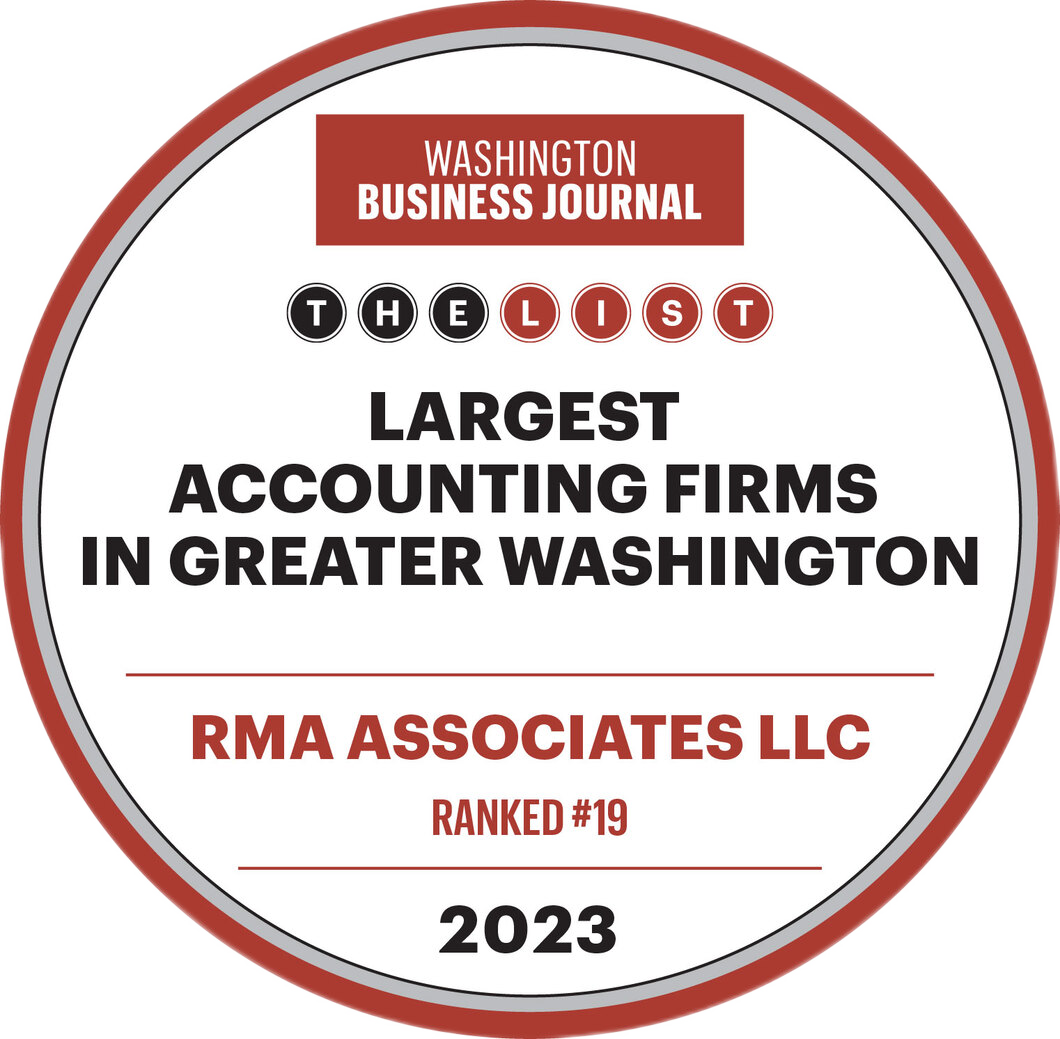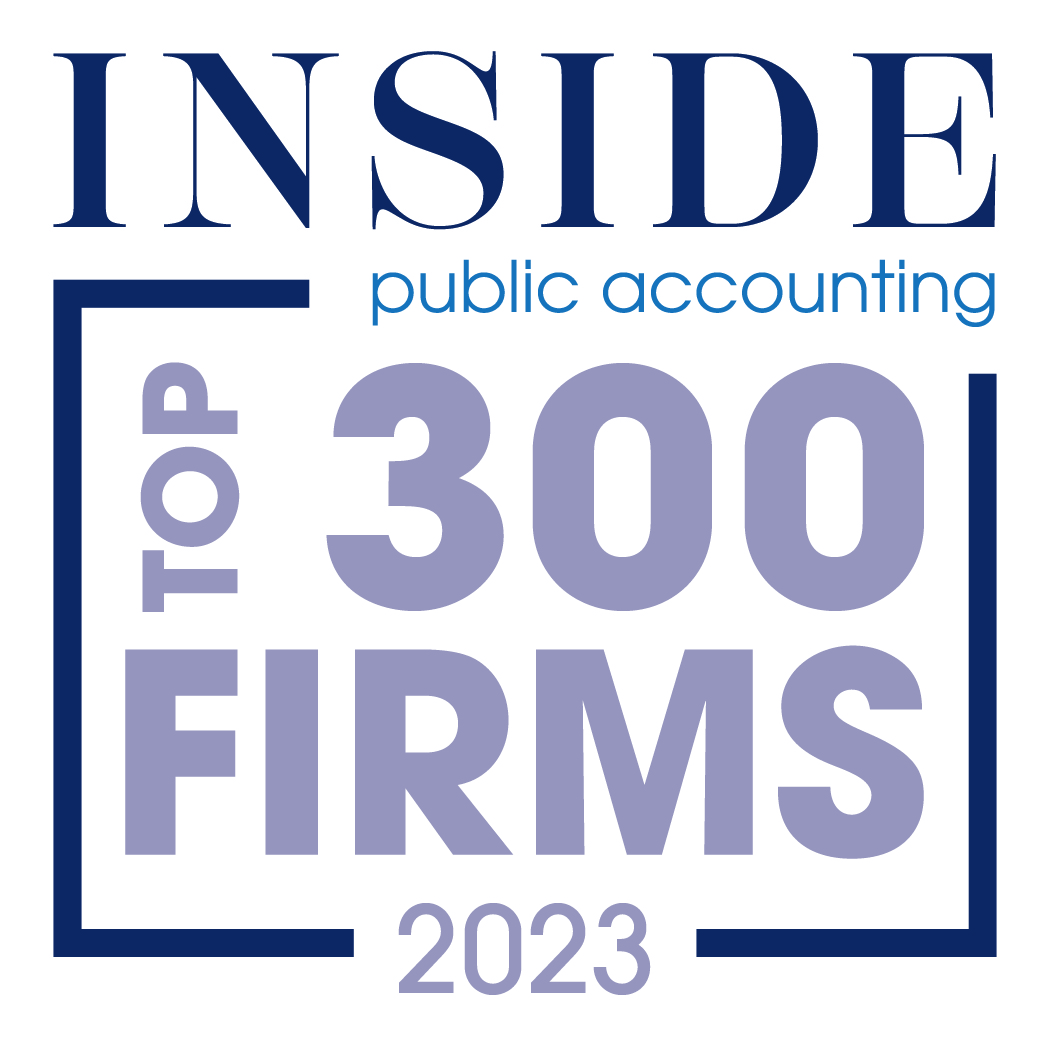24 July 2018
The accountancy bodies continue to attract members in significant numbers, with more than 530,000 members worldwide, an increase of 16,706 from 2017. This year’s membership figures show the highest rate of year-on-year growth in the past five years.
The Financial Reporting Council’s (FRC) publication, Key Facts and Trends in the Accountancy Profession, now in its 16th year, collates data on accountancy bodies’ membership and regulatory activities, as well as data on the statutory audit market and firms.
In this edition the FRC has given more focus to the profession’s track record on diversity and inclusion. Previous publications included information on the age and gender of the members and students of the accountancy bodies and on the number of female principals at each of the audit firms. For this year’s publication the FRC requested data, collected voluntarily, on seven additional diversity indicators[1] on the workforce of the professional bodies and firms. It has been published in an anonymised form to encourage the accountancy profession to improve and widen its diversity and inclusion data collation in future years.
For the firms, alongside the percentage of female principals and data on ethnicity, the percentage of BAME[2] principals is reported.
Commenting on the publication, Melanie Hind, Executive Director of Audit and Actuarial Regulation at the FRC said:
“I know from personal experience that accountancy is a route into senior roles in business. It is encouraging to see that the number of people choosing the profession is continuing to grow worldwide. The benefits of having a diverse and inclusive workforce are well documented. The FRC is planning an event on diversity later in the year at which we will discuss with, and encourage the bodies and firms, to continue collecting diversity data and look at how to attract and develop talent from a wider cross section of society.”




No responses yet